What you need
- Two paper towels
- Water
- Food colouring- ideally two different colours
- Three Cups
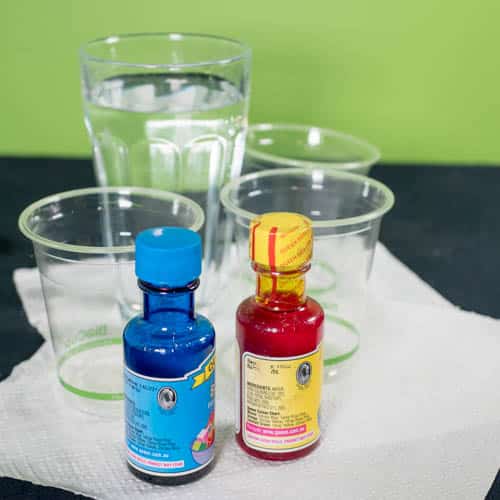
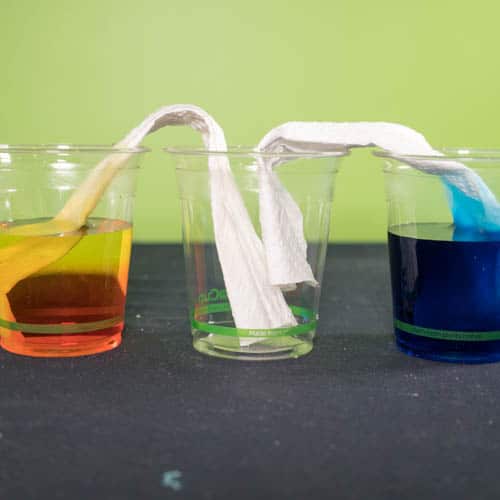
Place an empty cup between the two full cups. Place one end of a paper tube into one cup filled with coloured water and the other end into the centre empty cup. Repeat this step with the other cup of coloured water and paper towel, so that the cups and paper towels alternate as follows: cup, towel, cup, towel, cup.
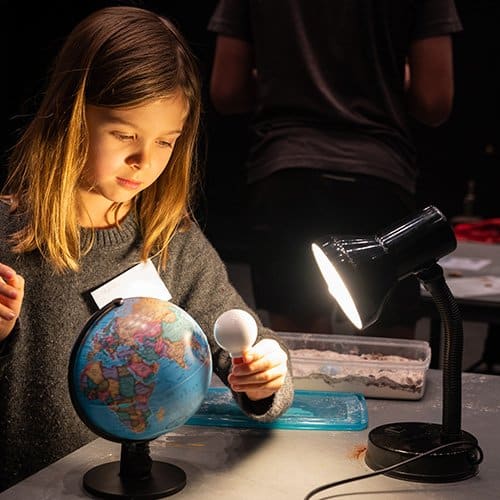
School science visits since 2004!
– Curriculum-linked & award-winning incursions.
– Over 40 primary & high school programs to choose from.
– Designed by experienced educators.
– Over 2 million students reached.
– Face to face incursions & online programs available.
– Early learning centre visits too!
What is happening?
Water has a strange ability called ‘capillary action’ where, due to its stickiness (surface tension, adhesion, and cohesion), it can travel through materials without the assistance of other forces. Because of this, the dyed water travels through the paper towel and into the empty glass. If you had used two different dyes you should have seen the colours mix in the middle glass.
Variables to test
- Does it make a difference with hot vs. cold water?
- Try different food colours… what is the result?
- Try tissue paper, vs. paper towels vs. printing paper
Working with Water
Years K to 2
Maximum 30 students
School workshop (NSW & VIC)
60 or 90 minutes
Online Class Available
Chemistry Show
Years 3 to 6
Maximum 60 students
Science Show (NSW & VIC)
60 minutes
Online Class Available
STEM Full Day Accelerator - Primary
Designed from real classroom experiences, this modular day helps you create consistently effective science learning that directly address the new curriculum with easily accessible and cost-effective materials.
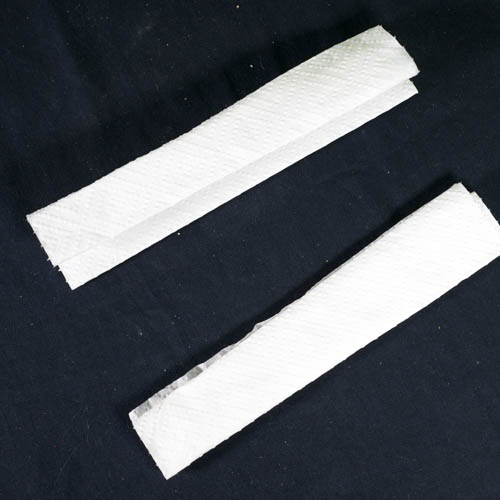


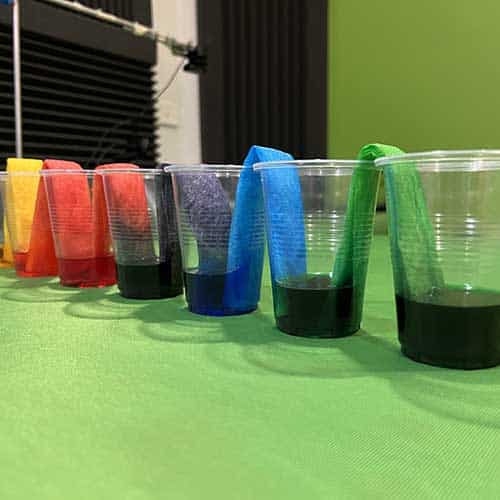
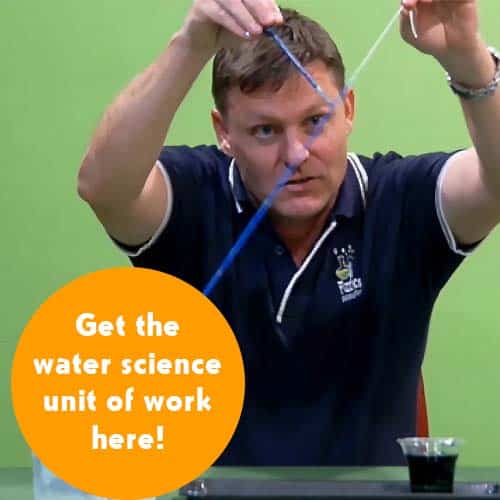


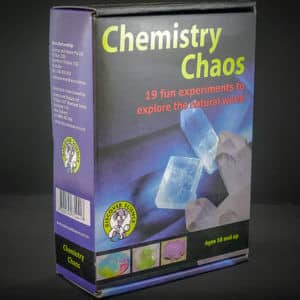























This experiment is so fun!
Glad you enjoyed it!
Ilike it very much
Awesome!
This is so cool
Glad that you enjoyed this science activity!